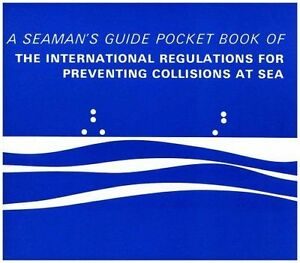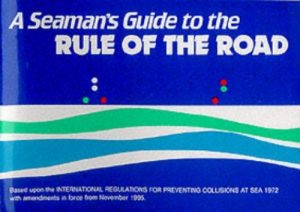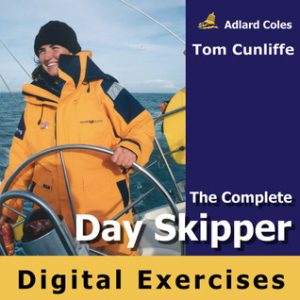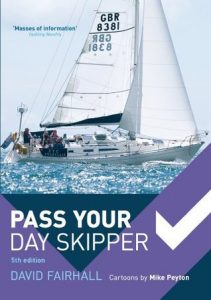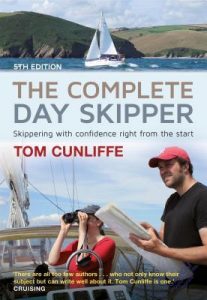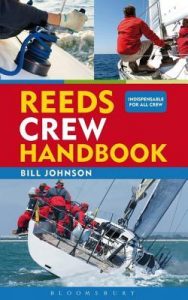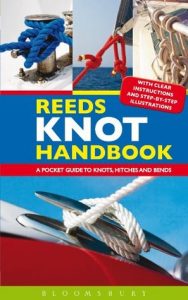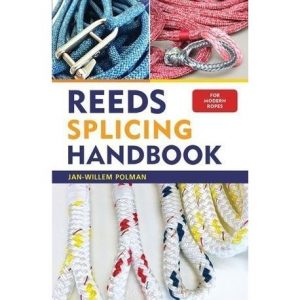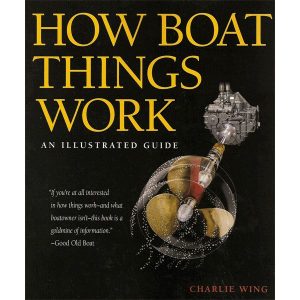Getting Started in Sailing
There are many routes to sailing competence, all of them fun and rewarding. The important thing is to get a grasp of the fundamental sailing skills – steering and sail trimming, from there you can build the skills specific to the sort of sailing you do. Sound basics are essential – you should be able to steer upwind with your eyes closed and know when the boat is trimmed properly by the seat of your pants – get that in place and everything else will follow.
The quickest and most fun route to basic sailing skills is via dinghy sailing. Dinghies cover a spectrum of designs from mild mannered vessels like the venerable Wayfarer to the tiny foiling moths and awesome 18 foot skiffs – both at the extreme end of the sailing spectrum. Dinghy sailing is incredibly rewarding and doesn’t have to mean getting wet – though capsize is always a possibility due to the lack of a keel. For something nearly as nippy as a dinghy but with more stability you might enjoy keelboat sailing. Much like a big dinghy but with the benefit of a ballast keel.
Yachts provide a more stable platform and more in the way of creature comforts – catering facilities and a loo (heads) are part of the package leading to sailing experiences that last for more than a couple of hours and which could ultimately take you round the world. Learning the fundamentals on a yacht is a slower process than learning on a dinghy or keelboat because yachts, being heavier have a muted response to inputs. However if yacht sailing is your goal then all the other skills you will absorb while learning the basics will have value in the long term.
In conclusion; learning to sail on a dinghy or keelboat is a fast and fun experience that won’t cost the earth and will instil great intuitive sailing skills. Learning from scratch on a yacht is more expensive and less dynamic but might be a good fit for you. No one method is right or wrong and a mix would be great. Personally with fond memories of youthful adventures in dinghies and huge fun with keelboats we lean heavily in that direction as a way to get started.
Below we have listed some ‘Getting Started in Sailing’ books.
If you are within comfortable travelling distance of Southampton you might like to consider the Milebuilding Club as a civilised route to all-round yacht sailing competence – no dinghies to sail but plenty of tea and biscuits.
The books listed for sale here are via ‘affiliate links’ – you don’t pay more, but we earn a small commission for making the recommendation. Happy browsing!
